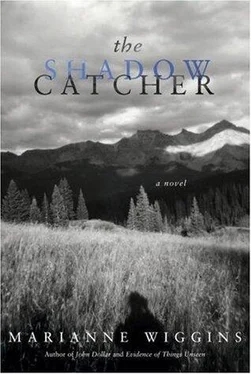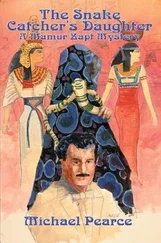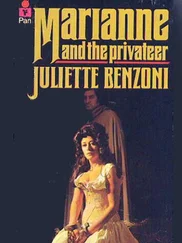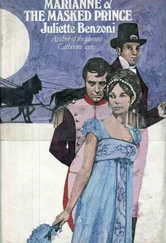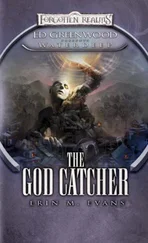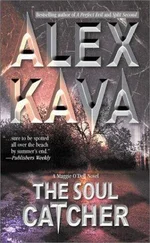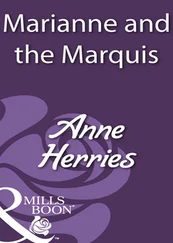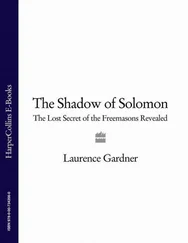“Lodz thought I was a fool for taking all of these — Lodz was our neighbor — he thought I was irresponsible taking all these books in foreign languages I can’t even read but how could I resist? They were so pretty—” She realized she was talking far too much, although from the way he stared at her he didn’t seem to mind. She found a page in the German anatomy book where there was a drawing of the human pelvis and she held it up for him to see. I don’t think you’ve damaged the ball and socket, here, she said, “or else we’d see it, I’d feel the dislocation beneath your skin…but this pan-like bone,” she pointed, “you can see how it’s a single piece and it can shatter, crack, just like a plate and we wouldn’t see the damage with our naked eye.”
“And a doctor would?”
“He could diagnose it, yes. Through manipulation.”
She turned the page to a drawing of the human spine attached to the pelvic girdle, legs and feet. They looked at it together. It’s intricate, she noted. “I could make it worse by pulling or stretching any of these bones the wrong way.”
“And if I’ve cracked this part?” He pointed to the girdle.
“It will mend.”
“On its own?”
“If you don’t move it.”
“Do you know everything?”
She colored.
I want to know as much as you, he said. “Tell me more.” To her surprise he dipped a piece of bread in broth and held it to her mouth and she ate it from his fingers. “Tell me who was Lodz. Tell me about the paintings on these walls and why you have these books. Teach me about this one—” He held out the Italian book and tried to read its title, “ Gli Capolavori della —”
“‘Masterpieces of Early Italian Renaissance,’” she translated. She met his uncomprehending stare. “What do you want to know?”
“I want to know when they were painted. Who painted them. How they were painted. Where I can go to see them. I want to know about this one—” He turned to a page.
“Oh, Giotto …my father liked him, too. He learned a lot from him.”
“They met?”
“—lord, no. Giotto was painting in the thirteen hundreds…I mean my father learned a lot from looking at his paintings.”
“Looking at them.”
“You can learn a lot from looking, Edward.”
“Yes I know but first you have to put yourself in front of something, don’t you? You have to know that it exists. I didn’t know that these existed. I can’t ‘ look ’ unless I’m seeing. First I have to see a thing. And only then can I begin to look . What’s this hand supposed to be that’s hanging in the sky?”
What do you think it is?
Again, his uncomprehending look.
“Understand, paintings of this era were religious paintings, undertaken for religious purposes, usually to illustrate a lesson, narrate a tale or humanize a figure from the Scriptures — Christ, for instance, or the saints or the disciples. What distinguishes Giotto from painters before him is his use of human gesture — the way he captures the emotions in a few strokes, here, around the eyes, his preference for human profile over the full face—”
Profile, Edward repeated. “But then he paints a figure facing away from those who view it. Facing backwards . Why do that?”
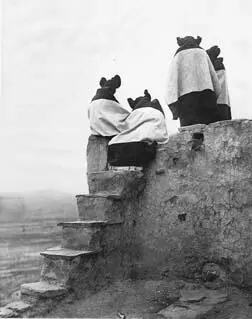
“Same question my father asked — that everybody asks the first time that we see it. That’s my father’s self-portrait over there—” She pointed to a painting on the wall of a man in the foreground standing at a window, looking out, his back turned at the viewer.
“There’s no reflection in the window,” Edward noted. “How can you tell that the figure in the painting is your father?”
“Those of us who knew him could — his shoulders, neck. This painting used to be in a frame and the framed picture used to hang on the first landing on the stairs in our house and as soon as I was old enough to reach it I used to take the painting off the wall and turn it around, look at the back, to try to see what the man in the painting was staring at, what he saw, where he was looking. That’s the point of drawing figures in this way. To conjure up the mystery of where they’re looking. The dark back of what they’re seeing. The dark back of time. Everything, perhaps, that ever existed, that may still exist, somewhere in time, beyond or below the horizon, beyond that place we all see on the railroad tracks, you know, when they appear to come together. The vanishing point. Logic tells us that those iron railroad tracks will never come together, never really meet, and yet our eyes tell us the opposite, they inform the optical illusion that things — lines — come together at the visual horizon. We know they don’t, and yet we see they do. And this simple fact of illusionary lines coming together seems so obvious to us, to our modern eye, to anyone who’s traveled down a long straight road or walked out onto the center of a railroad track, and yet five hundred years ago Giotto and his contemporaries couldn’t master it — they hadn’t discovered this perspective and its simple rules of rendering a landscape in the third dimension. You see how he does it with the human figure — here, this woman and this Madonna — how he drapes the head, shows the face behind the fabric to accentuate the depth within the eyes. He could do it with the human face and human figure, but he hadn’t figured out how to keep his buildings, these city houses, from floating off the canvas — see them, here? — the way these walls seem to collide? — the way one building belongs to a dimension that the other ones don’t share? That’s why in 1346 you have this disembodied hand — the hand of God, really — hanging in the ether, disdimensionalized, whereas a century and a half later, in this sketch of Michelangelo’s for instance, you have a full-bodied God leaning down from Heaven, in perspective, touching Man. Enormous rebirth of knowledge and technique in a single century — compare these little flames Giotto paints above the heads of saints — they look like wildfires — to the subtlety of saintliness Duccio or Da Vinci can elicit.”
He was staring at her, looking not just seeing.
I’m talking too much she said, realizing she was almost giddy, light-headed, with this rush of words and their relief from loneliness.
“But then my father—”
“—what was his name?”
“Haarald. Haarald Phillips. When we talked about those figures facing inward toward the canvas — how unknowable and mysterious they are — father said perhaps Giotto painted them that way to depict the route of possibility. Not, as I thought, that they are looking at the past, but that they are looking at the other side of time, the time of possibilities, the time of things that might have happened but did not. The bright back of time, not the dark one. The bright one, of hope. Not the one of shadows. The back of time that is all futures. Endless possibilities. Not only the remembered past.”
He was still staring at her, his head against the pillow and despite his stillness and his rapt attention she noticed a taut muscle in his cheek, a pencil line of white above his upper lip where the blood was drawn away. She took his hand and he clasped hers needily. “You have to tell me where the pain is, Edward. Pain is nothing to be denied. It’s your body speaking. It’s a language.”
Almost imperceptibly he shook his head.
“The doctor will have laudanum, at the very least.”
“No. No opium. You must give me your word—”
Читать дальше
